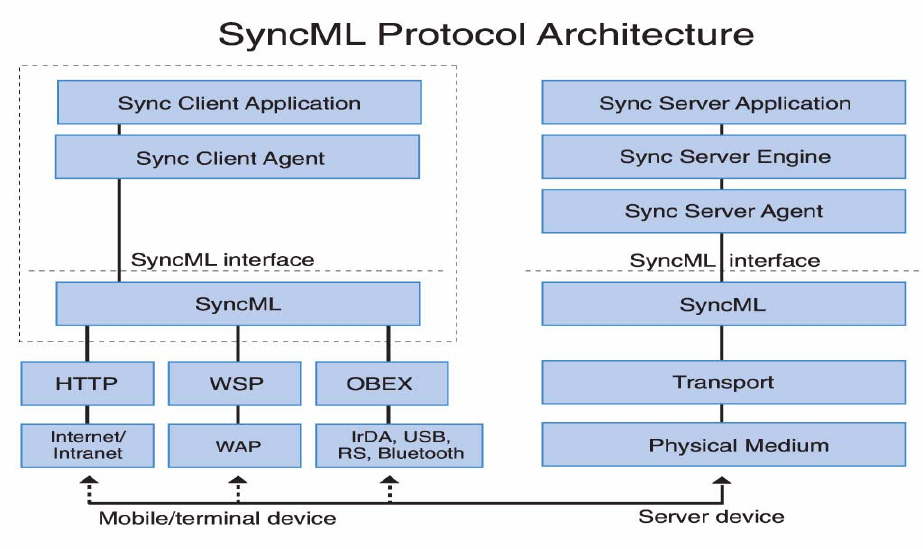
White Paper T630/T628
26 October 2003
Benefits of a common synchronization
protocol
End users
Today’s user of mobile devices probably uses a dif-
ferent synchronization product with every device.
Each technology can synchronize only a few appli-
cations, or is limited to a particular type of network
connection. This arrangement is expensive to
install, confusing to configure and operate, and
costly to administer. With SyncML, users will be
able to buy devices that synchronize with a broader
range of data.
Device manufacturers
Device manufacturers will benefit from a common
protocol that will make the device interoperable
with a broader range of applications, services, and
network and transmission technologies.
Service providers
Service providers moving into the growth area of
application hosting are particularly concerned that
a proliferation of synchronization technologies will
make it impossible to deploy and support their cus-
tomers in a cost-effective manner. To support the
range of data types and devices in use today, serv-
ice providers must install and configure multiple
server infrastructures, maintain and support that
infrastructure, and maintain compatibility and per-
formance. The alternative now available, to use a
single solution for data connectivity, involves the
risk of a tight coupling to a propriety solution. With
SyncML, they will be able to provide connectivity to
a wider selection of applications.
Application developers
Choosing to support multiple synchronization tech-
nologies enables an application to support more
types of devices and networked data, but that
choice comes at a cost. With SyncML, application
developers will be able to develop an application
that can connect to a more diverse set of devices
and network data.


















